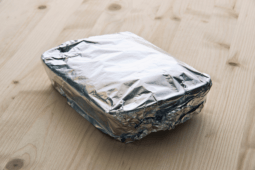Why You Should Clean Fruit With Vinegar and How to Do It Right
Cleaning fruit before consumption is more important than most people realize. Even if fruit looks clean, it may still harbor harmful pesticides, bacteria, and wax coatings. One simple yet effective method for ensuring your fruit is clean and safe is using vinegar. This natural disinfectant helps remove residues and microorganisms, making your fruit safer to eat. Here’s why you should clean your fruit with vinegar and how to do it properly for the best results.
The Hidden Dangers of Unwashed Fruit
Many fruits come into contact with pesticides during their growing process. These chemicals can linger on the skin, posing potential risks when ingested. Washing with water alone might not remove these harmful substances effectively. Vinegar, however, is known for its ability to break down pesticide residues, reducing the risk of exposure.
In addition to pesticides, fruits can also harbor bacteria and pathogens that can cause foodborne illnesses. These bacteria, like E. coli or Salmonella, can sometimes go unnoticed with a simple rinse. Vinegar has natural antibacterial properties that help kill these harmful microorganisms, making it a powerful ally in ensuring the safety of your fruit.
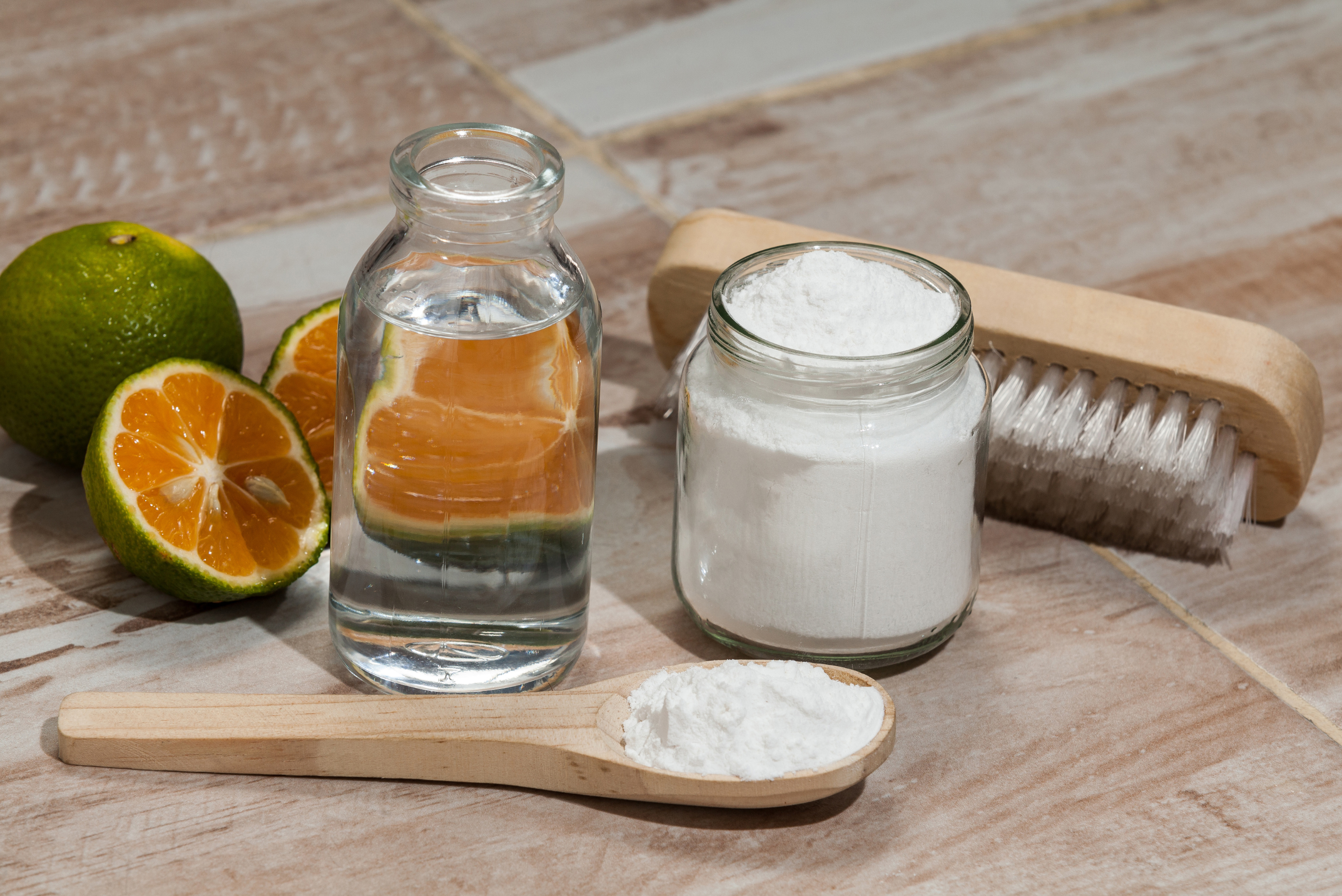
The Benefits of Using Vinegar
Vinegar is a versatile and inexpensive cleaning agent, perfect for cleaning fruits and vegetables. Its acetic acid content works as a natural disinfectant, cutting through germs and residues that water alone can’t remove. This makes vinegar particularly useful for items like berries, grapes, and apples, which are often exposed to harmful chemicals or dirt.
Moreover, vinegar can help extend the shelf life of your fruit. By removing excess wax coatings that can trap moisture and bacteria, you can slow down the decay process and enjoy fresh fruit for longer. This is especially helpful for fruits that tend to spoil quickly, such as strawberries or cherries.
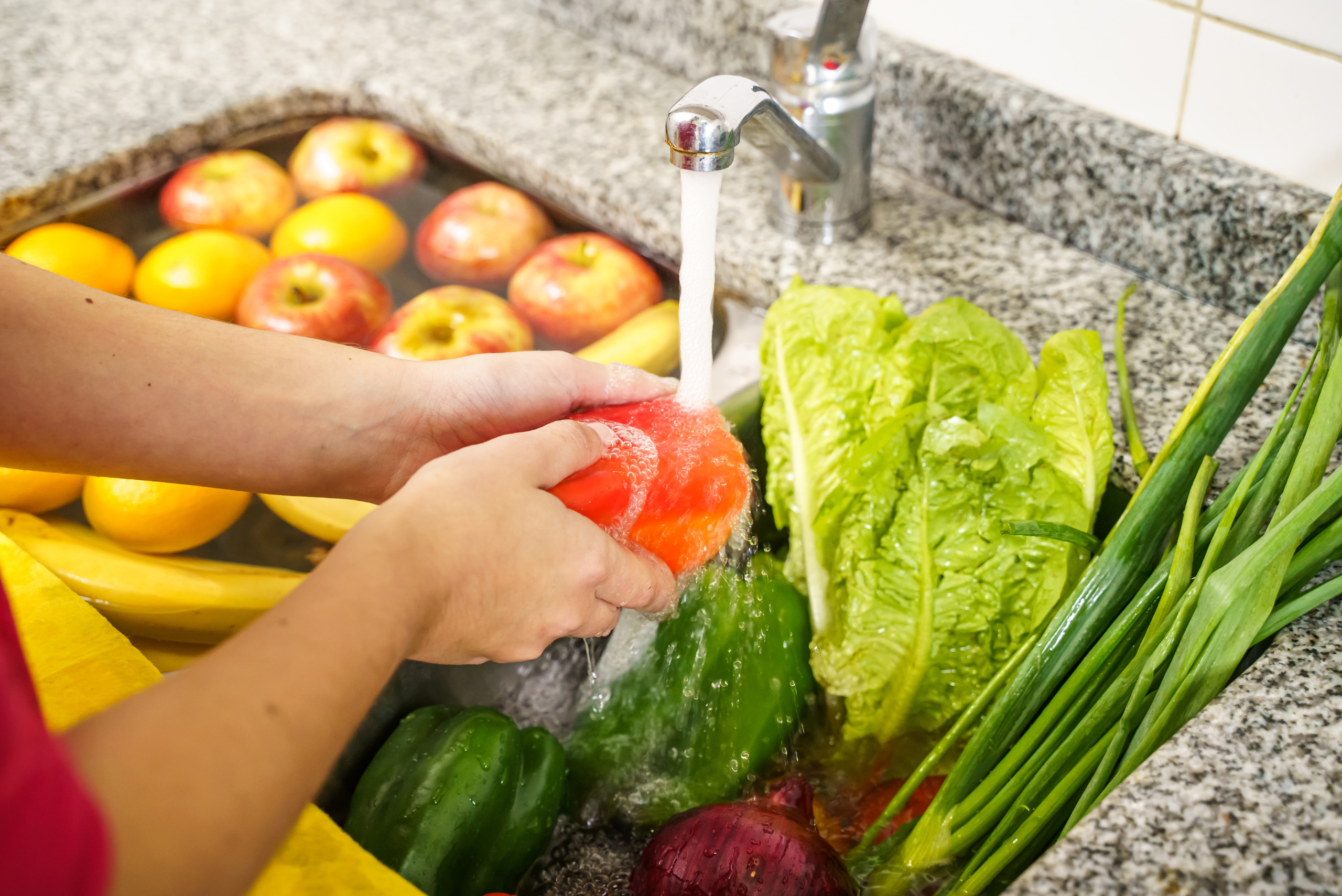
How to Clean Fruit with Vinegar: Step-by-Step Guide
Cleaning fruit with vinegar is simple and effective. First, fill a large bowl with water and add one cup of white vinegar for every three cups of water. Stir the solution to combine, then place your fruit in the mixture. Let it soak for about five to ten minutes, giving the vinegar enough time to break down any pesticide residue or bacteria.
After soaking, gently scrub the fruit with your hands or a soft brush to remove any remaining dirt or wax. Rinse the fruit thoroughly with cold water to remove the vinegar solution, and then dry it with a clean towel or let it air dry. This ensures that your fruit is clean and ready for consumption.
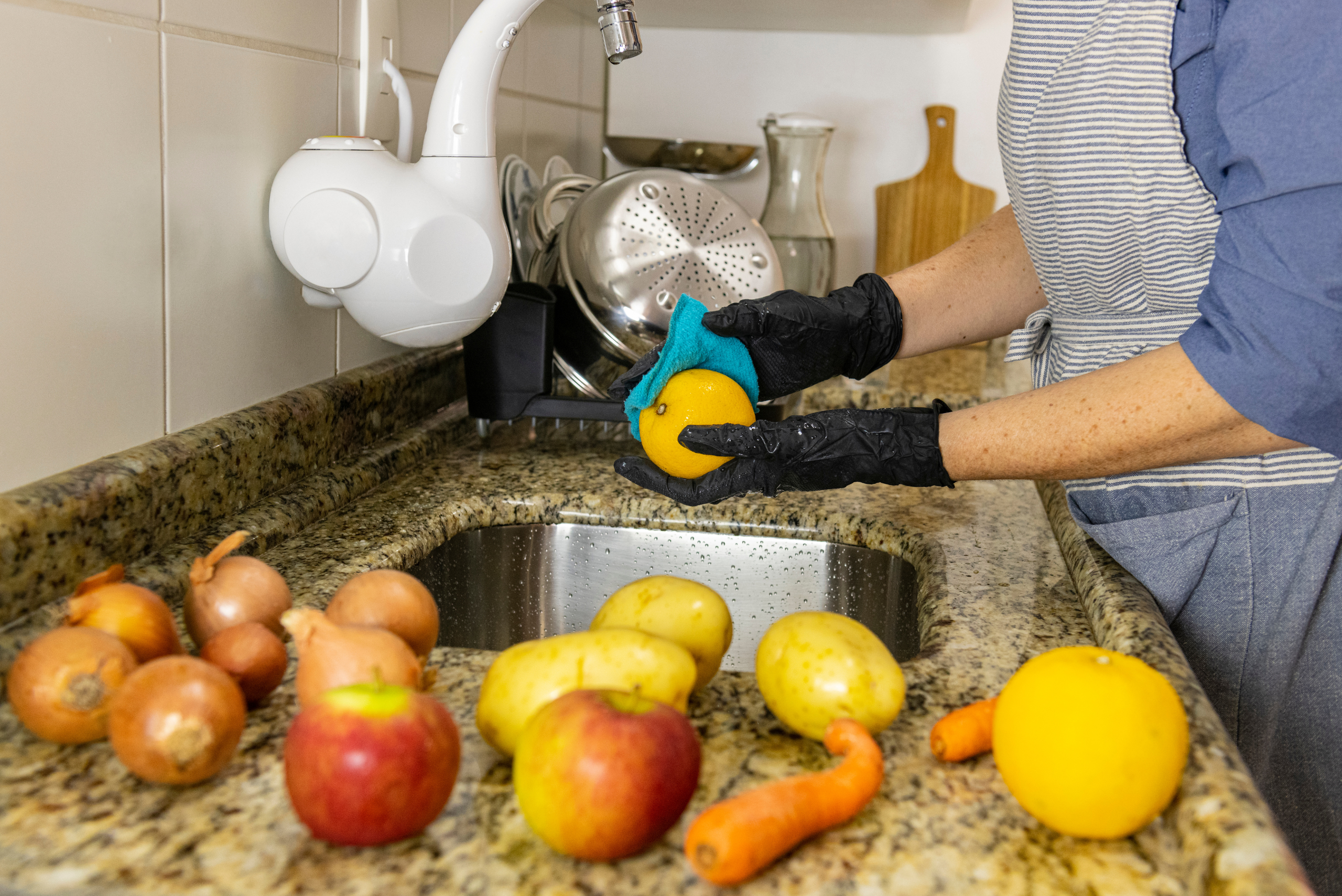
Which Fruits Benefit Most from Vinegar Cleaning?
While cleaning all fruit with vinegar is beneficial, some types stand to gain more from this method. For example, apples and pears are often coated with wax to give them a shiny appearance. Vinegar helps dissolve this wax, making the fruit safer to eat and more enjoyable to bite into.
Berries, such as strawberries, raspberries, and blueberries, can also benefit from a vinegar wash. These delicate fruits are prone to mold and bacteria growth, and vinegar helps reduce these risks. Just be careful not to soak them for too long, as they can become mushy and lose their texture.
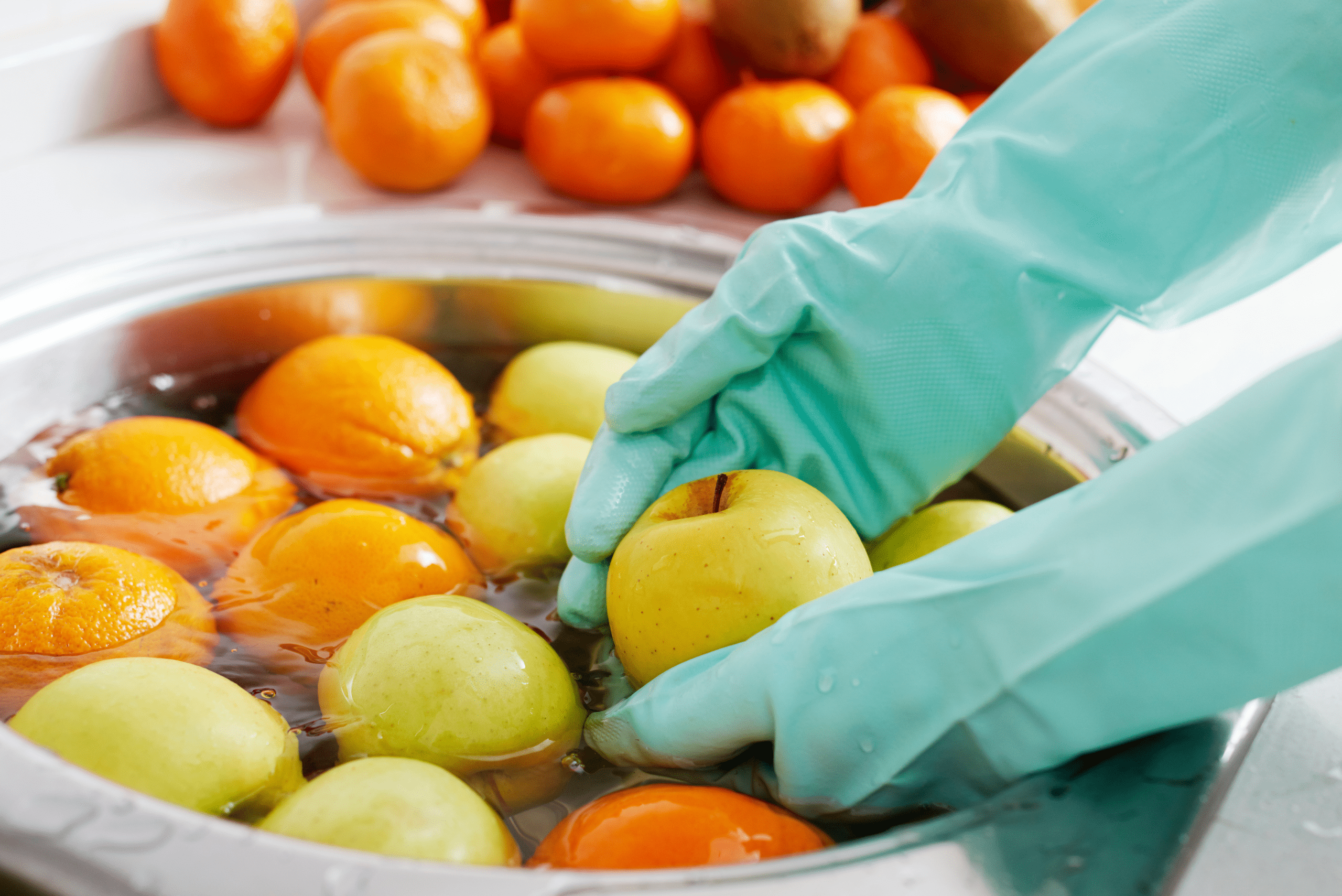
Common Mistakes to Avoid When Cleaning Fruit with Vinegar
One common mistake people make when using vinegar to clean fruit is using too much vinegar. While vinegar is effective, using it in excess can make the fruit taste sour. It’s essential to maintain the correct ratio of vinegar to water to avoid overpowering the natural flavors of your fruit.
Another mistake is failing to rinse the fruit thoroughly after soaking it in vinegar. If the vinegar solution is not fully rinsed off, it could leave behind a lingering taste or strong smell. Make sure to rinse each fruit piece under cold running water to ensure a fresh, clean result.
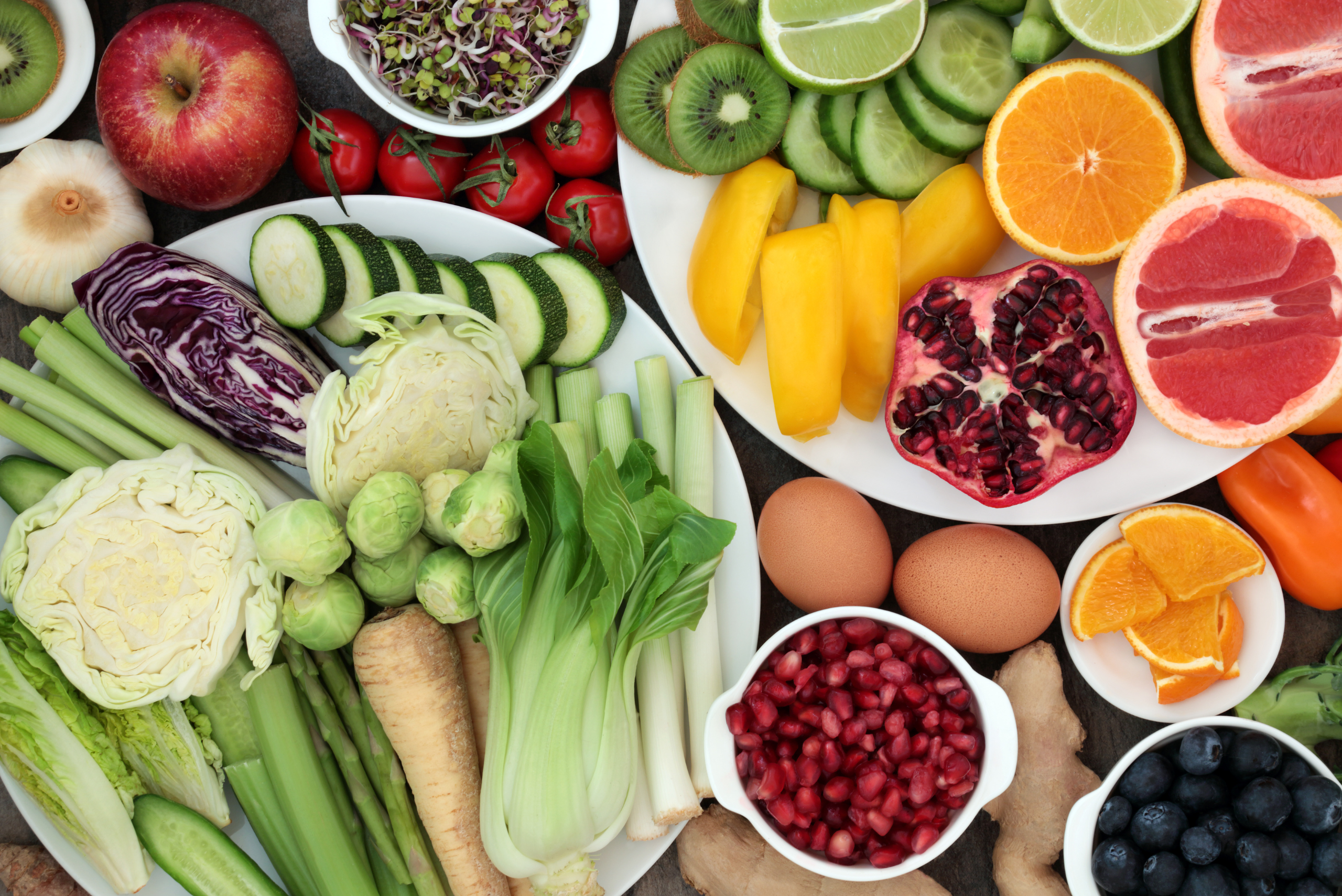
Related Articles
- Effective Methods for Eliminating Gnats Without Using Apple Cider Vinegar
- 5 Quickest Ways to Clear and Defrost Your Windshield
- How to Clean Your Phone and Why You Should
Cleaning fruit with vinegar is a simple yet effective way to ensure your produce is free from harmful chemicals, bacteria, and wax. By following the right cleaning process, you can enjoy safer, fresher fruit with peace of mind. Incorporating this practice into your routine can help protect your health and even extend the shelf life of your fruit. So, the next time you bring fruit home, don’t skip the cleaning step—vinegar has you covered!




